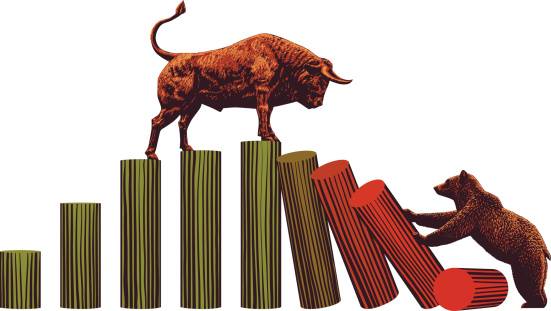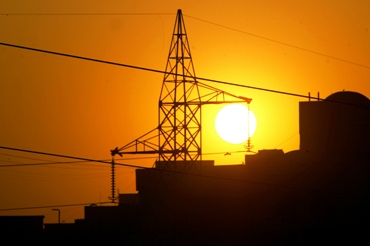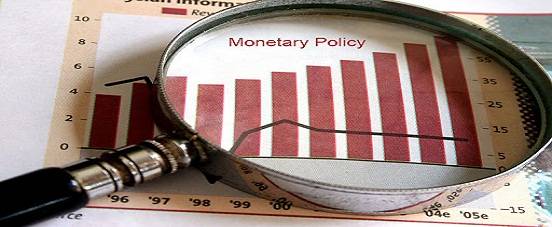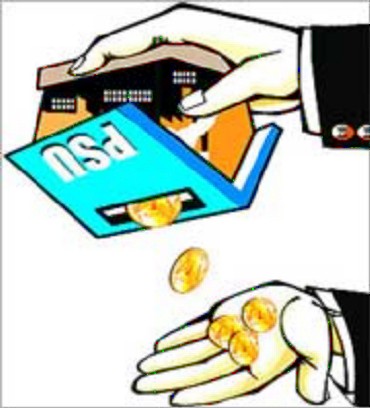Indian’s love for
gold is spiritual where it is revered as God’s currency. It is only
astronomically higher prices which can resist them to buy it. Falling prices
are just what India wanted at a time when festival and wedding season is ensuing.
The king of metal
Gold is again going south. It touched a 14-month low on September 20, 2014.
Such a scenario induces people away from gold to flock into financial
instruments. The metal will no longer lure Indians is what analysts believe but
India’s thirst for gold will take eternity to be quenched.
Falling gold prices
might lead people in other countries to ditch the yellow metal but Indian’s
love for gold is spiritual where it is revered as God’s currency and people
feel proud of owning it. It is only astronomically higher prices which can
resist them to buy it. Gold demand slumped magically when import duty was hiked
to 10% in order to control current account deficit. Now that prices are
falling, it will be seen as an opportunity to purchase it on low in the hope of
price-rise. Long-term return outlook of a common investor in India is always
bullish on gold.
Current account
deficit (CAD) narrowed sharply to $7.8 billion (1.7 per cent of gross domestic
product) in the Apr-Jun quarter of FY 2014-15 from $21.8 billion (4.8 per cent
of GDP) in the year ago period. The fall was strongly led by slowdown in gold
imports which halved to $7 billion in the April-June quarter from $16.5 billion
in the same quarter a year ago. However, the gold imports in the preceding
quarter i.e. the Jan-Mar quarter of FY 2013-14 amounted to US$ 5.3 billion.
To
compare the two data, gold imports actually risen on quarterly basis. The
reason is because RBI had eased some gold-import restrictions in the month of May
which instantly drove the people to invest in gold. This uptick in demand is
reflected in the gold import data of Apr-Jun 2014.
It is true that the gold investment at this
juncture does not seem viable. Gold futures are trading lower. Improving global
economy does not bode well for the metal, to boot. Stronger dollar is also
contributing to Gold’s southward journey as gold is used as a
hedge against movement in the US dollar, which means its prices will move
inversely to change in value of dollar. Indian gold prices move in tandem with
global prices depending on rupee’s value against dollar. Since India imports
the yellow metal, a weaker rupee cushions a fall in gold price while a stronger
local unit makes the metal cheaper. Given improving economic conditions, rupee
may not depreciate much against dollar.
That said, why to invest in a declining
metal when stock markets are doing well and lower inflation is making returns
on savings schemes positive? The answer lies in a trend seen last year. Gold
prices had fallen dramatically in Apr-Jun quarter of 2013. Questions were
raised if it safe to invest in this yellow metal but coming true to the
conscience of Indians, gold hit a record high of Rs.35,074 per 10 grams in
August 2013. Hence, it is no hyperbole that Gold is the safest haven amongst
all.
With the ensuing festival and wedding
season, India’s gold buying binge is likely to be bumper. Low prices at this
time are just what India wanted. Irrationally higher import duty had enforced
them to stay away from the metal for long but now is the opportunity to buy it
on dips. Thus, India’s golden problem is not yet resolved and it is too early
to claim that the country’s CAD is normalized. India’s lure for gold can be
suppressed but cannot be died in any case.




